The Hidden Truth About Your Feet: Why Modern Shoes Are the Real Problem
The Hidden Truth About Your Feet: Why Modern Shoes Are the Real Problem
Ever wondered why toe spacers have become so popular? The answer might surprise you—it's not because our feet are naturally broken. It's because we've been unknowingly breaking them for decades.
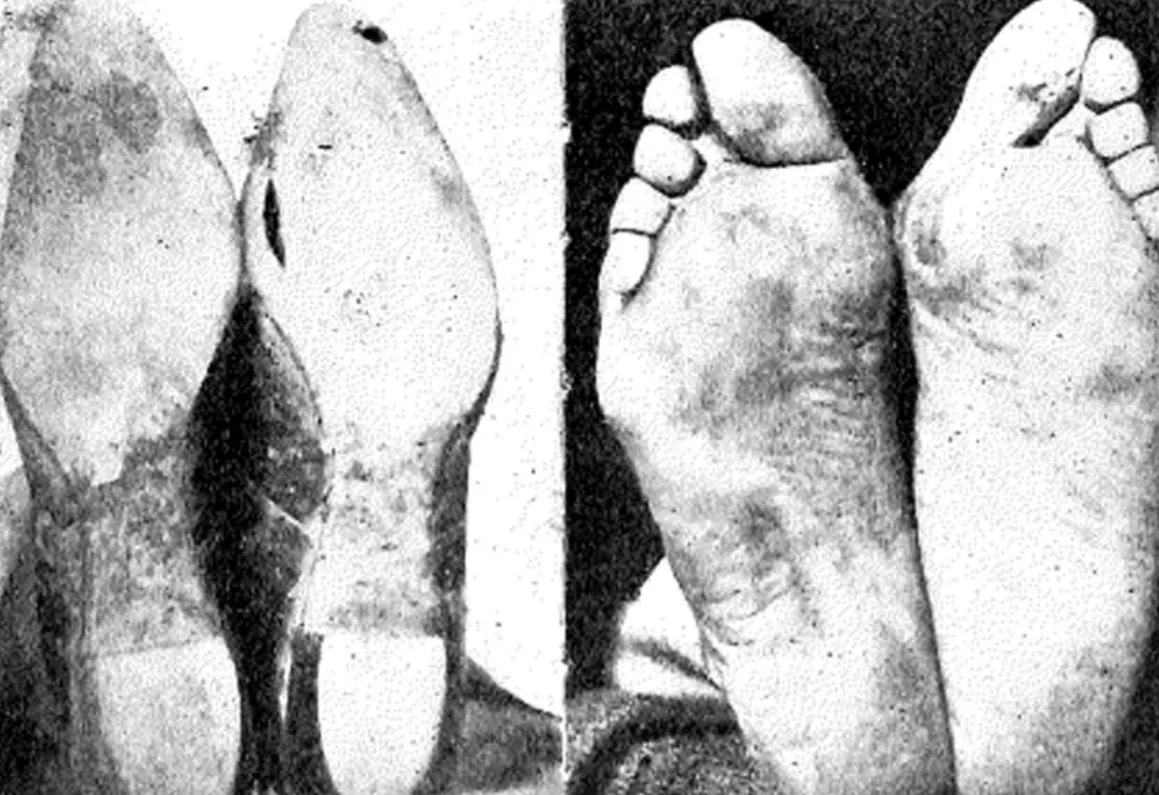
Your Feet Weren't Designed for This
Here's something that might blow your mind: the widest part of your foot should be at your toes, not the ball of your foot. Take a look down at your feet right now. If you're wearing typical shoes, chances are your toes are squeezed together like sardines in a can.
This isn't how humans evolved to walk.
💡 Quick Check: Take off your shoes and socks. Spread your toes as wide as possible. That's what your foot is supposed to look like naturally!
The Foot's Natural Architecture
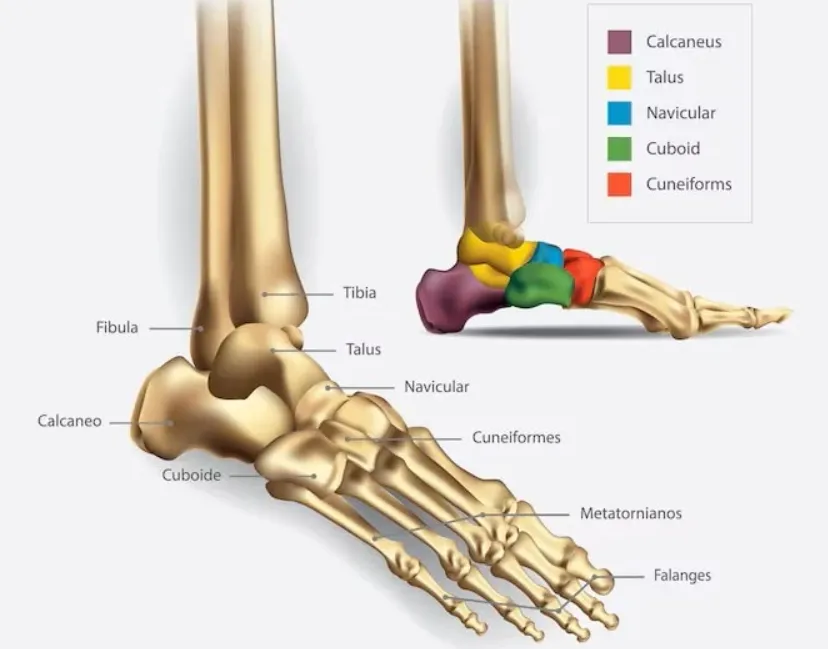
Your foot is basically an architectural masterpiece—think of it as a sophisticated tripod system. When your toes can spread naturally, they create a stable foundation with three key contact points:
- Your heel
- The ball of your foot
- Your splayed toes
This natural "tripod" gives you incredible stability and balance without needing any artificial support. Your foot literally comes with its own built-in arch support system—but only when your toes can do their job properly.
The Sensory Superpower You're Missing
Here's something most people don't realize: your feet are sensory powerhouses. They're packed with nerve endings that constantly send your brain crucial information about balance, terrain, and body position. Scientists call this "proprioception"—basically your body's GPS system.
But here's the catch: this system only works when your toes can move freely and feel the ground.
🧠 Fun Fact: Your feet have roughly 200,000 nerve endings—more than your hands! That's why walking barefoot on different textures feels so interesting.
The Modern Shoe Problem (It's Worse Than You Think)
Most foot problems in developed countries can be traced back to one culprit: conventional footwear. And it's not just high heels we're talking about—even your "comfortable" sneakers might be causing damage.
The Toe Box Trap
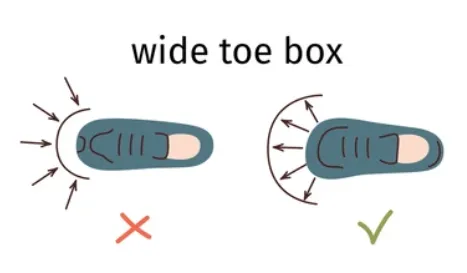
That tapered, narrow front part of most shoes? It's called a toe box, and it's literally reshaping your feet over time. Every day, your toes are being compressed into an unnatural position. It's like wearing a corset for your feet.
This constant compression is a major factor in developing:
- Bunions (hallux valgus)
- Hammertoes
- General foot weakness
The "Toe Spring" Sabotage
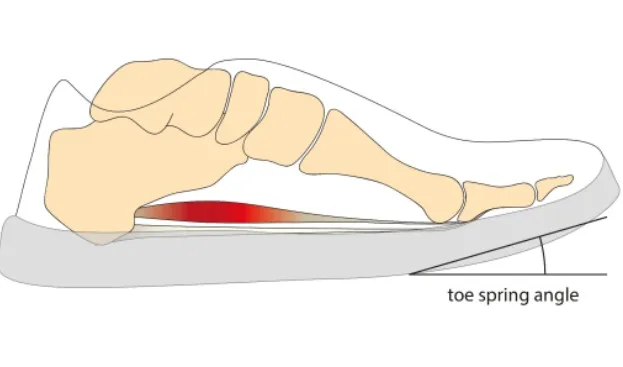
Ever notice how the front of most athletic shoes curves upward? That's called "toe spring," and while it might help thick, rigid shoes roll forward when you walk, it comes with a hidden cost.
Toe spring keeps your toes slightly lifted off the ground at all times. This means your toes can't grip the surface for stability—they're essentially non-functional for their intended purpose.
⚠️ Reality Check: Imagine trying to pick something up while wearing thick winter gloves. That's what your toes are experiencing in most modern shoes.
Over time, this creates an imbalance between the muscles on top of your foot (which get overworked) and those on the bottom (which get weak and lazy). Hello, hammertoes and ball-of-foot pain!
The Ripple Effect: How Bad Feet Affect Everything
When your toes can't do their job properly, your entire body has to compensate. The effects cascade upward like a domino effect:
Splayfoot and Weight Distribution Problems
When your foot's intrinsic muscles get weak from being "babied" by supportive shoes, you can develop something called splayfoot. Your metatarsal bones start spreading apart, and your foot's natural arch begins to collapse.
The result? Pain, altered walking patterns, and those thick calluses that seem to appear out of nowhere.
Your Knees Are Paying the Price
Here's where it gets really interesting: research shows that how your feet hit the ground directly affects the forces going through your knee joints. Poor foot alignment can actually accelerate knee arthritis over time.
While we don't yet have definitive proof that toe spacers prevent knee problems, the biomechanical connection is clear—fix the foundation (your feet), and you might just save your knees.
Walking Like Your Grandparents (Before Their Time)
Studies on older adults reveal that weak toe muscles are directly linked to:
- Slower walking speed
- Shorter strides
- Poor balance
- Increased fall risk
The scary part? This weakness often starts in your 30s and 40s due to modern footwear.
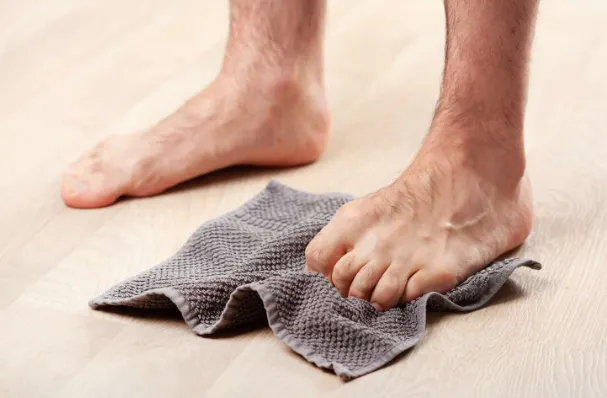
💪 Strength Test: Can you pick up a towel with just your toes? If not, your toe muscles have likely been weakened by years of shoe dependency.
Enter Toe Spacers: The Plot Twist
This is where toe spacers come into the picture. They're not trying to "fix" a natural problem—they're trying to undo an artificial one.
Think of toe spacers as physical therapy for your toes. They work by gently encouraging your toes back into their natural, splayed position. The theory is simple: if compression caused the problem, decompression might help reverse it.
But before you rush to buy toe spacers, it's crucial to understand what the research actually says about toe spacer effectiveness and how they fit into a comprehensive foot health program.
The "Aha!" Moment
When you understand that toe spacers are essentially trying to counteract decades of shoe-induced deformation, everything starts to make sense. It's not about improving "normal" feet—it's about helping damaged feet remember what normal feels like.
This reframes the entire conversation around foot health. Instead of asking "Do I need toe spacers?" the better question might be "How do I stop damaging my feet in the first place?"
For those dealing with specific conditions like bunions, there's detailed evidence about how toe spacers can help, though it's important to understand the difference between marketing claims and what science actually proves.
The Bottom Line
Your feet are incredible pieces of biological engineering that have been hampered by well-intentioned but poorly designed footwear. The rise of toe spacers isn't really about the spacers themselves—it's about our collective realization that we've been doing something fundamentally wrong.
The good news? Understanding the problem is the first step toward solving it. And spoiler alert: toe spacers are just one piece of a much bigger puzzle that requires a complete evidence-based approach to foot health.
🎯 Key Takeaway: Before you blame your genetics for foot problems, take a hard look at what you've been putting on your feet for the past several decades. The culprit might be hiding in your closet.
Ready to dive deeper? In our next article, we'll explore what the actual research says about toe spacers—spoiler alert: the truth is more nuanced than most marketing claims suggest.
About This Article: This information is based on peer-reviewed research and biomechanical principles. While toe spacers can be helpful for many people, individual results vary. Always consult with a podiatrist for persistent foot problems or if you have underlying health conditions.
Comments
Post a Comment